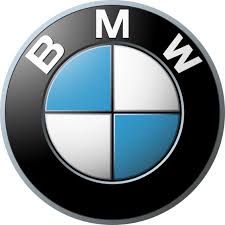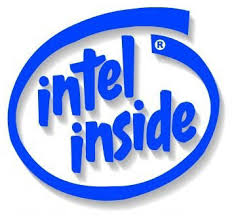
The circular blue and white BMW logo or roundel is portrayed by BMW as the movement of an aircraft propeller, to signify the white blades cutting through the blue sky – an interpretation that BMW adopted for convenience in 1929, twelve years after the roundel was created.The emblem evolved from the circular Rapp Motorenwerke company logo, from which the BMW company grew, combined with the white and blue colors of the flag of Bavaria, reversed to produce the BMW roundel.
By 1959 the automotive division of BMW was in financial difficulties and a shareholders meeting was held to decide whether to go into liquidation or find a way of carrying on. It was decided to carry on and to try to cash in on the current economy car boom enjoyed so successfully by some of Germany's ex-aircraft manufacturers such as Messerschmitt and Heinkel. Therefore the rights to manufacture the tiny Italian Iso Isetta were bought using a modified form of BMW's own motorcycle engine. This was moderately successful and helped the company get back on its feet. The dominating shareholder of the BMW Aktiengesellschaft since 1959 is the Quandt family, which owns about 46% of the stock. The rest is in public float.

Chief designer Chris Bangle announced his departure from BMW after serving on the design team for nearly seventeen years. He will be replaced by Adrian van Hooydonk, Bangle's former right hand man. Bangle was famously (or infamously) known for his radical designs such as the 2002 7-Series and the 2002 Z4. In July 2007, Husqvarna was purchased by BMW for a reported 93 million euros. BMW Motorrad plans to continue operating Husqvarna Motorcycles as a separate enterprise. All development, sales and production activities, as well as the current workforce, have remained in place at its present location at Varese.
BMW began building motorcycle engines and then motorcycles after World War I. Its motorcycle brand is now known as BMW Motorrad. Their first successful motorcycle, after the failed Helios and Flink, was the "R32" in 1923. This had a "Boxer" twin engine, in which a cylinder projects into the air-flow from each side of the machine. Apart from their single cylinder models (basically to the same pattern), all their motorcycles used this distinctive layout until the early 1980s. Many BMWs are still produced in this layout, which is designated the R Series.

BMW was one of the earliest manufacturers to offer anti-lock brakes on production motorcycles starting in the late 1980s. The generation of anti-lock brakes available on the 2006 and later BMW motorcycles pave the way for the introduction of sophisticated electronic stability control, or anti-skid technology – a first for production motorcycles – later in the 2007 model year.BMW has been an innovator in motorcycle suspension design, taking up telescopic front suspension long before most other manufacturers. Then they switched to Earles Fork, front suspension by swinging fork (1955 to 1969). Most modern BMWs are truly rear swingarm, single sided at the back (compare with the regular swinging fork usually, and wrongly, called swinging arm).
Günther Quandt, whose family became major shareholders of BMW 15 years after the war, was a member of the Nazi Party from 1933. After Hitler's election he was appointed to the position of Leader of the Armament Economy, which was a title given to industrialists who played a leading role in the Nazi war economy. Quandt's factories supplied ammunition, rifles, artillery and batteries for the Nazis and, it is claimed, used slave labourers from concentration camps in some of his factories. Quandt's first wife, Magda, later married the Nazi propaganda chief, Joseph Goebbels.

A documentary which aired on German TV in 2007 claimed that Quandt not only utilized slave labour, but also sidestepped postwar recrimination. BMW itself was not implicated in the documentary, and the firm has made no comment about the Quandts, but claims to have confronted its own wartime history via independent research projects.









